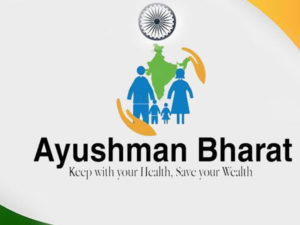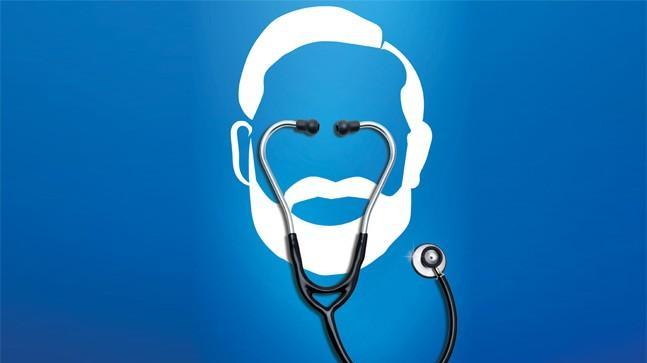Modicare – Another Jumla

Efforts at bringing healthcare on the political agenda began with the HLEG and the 12th Plan. This plan emphasised universal coverage for comprehensive primary healthcare for all through tax-based financing, allocating 2.5% of the GDP or Rs. 3800 per capita for healthcare with states pitching in 8% of their budget for health to reach the IPHS standards for infrastructure and human resources in public health provisioning. The 2015 draft of Health Policy which followed provided the impetus to push it in the Parliament but the NITI Aayog circumvented the process by diluting some of the key elements of the policy and tabled it in the Parliament in 2017. The 2017 National Health Policy (NHP) became the curtain-raiser for Modicare and the 2018-19 budget announced a new scheme named Ayushman Bharat. The budget announcement of Rs 2000 crore for a National Health Protection Scheme to replace RSBY and enhance hospitalization coverage to Rs. 5 lakhs for a family on floater basis that would be extended to the bottom 50% of the population, was clearly indicative of the trajectory of health policy towards an insurance-based thrust. Assuming that states would add their share of Rs. 2000 crores, this total of Rs. 4000 crores works out to a mere Rs. 80 per capita which is too low an amount for any insurance company to commit to provide the proposed cover for hospitalizations. Later, NITI Aayog said that for such insurance cover the premium is likely to be Rs 1200 per family and even going with this conservative estimate the allocation should have been at least Rs 12,000 crores for the 10 crore families.
The second element of Ayushman Bharat is converting the 150,000 health subcentres into health and wellness centres to take comprehensive primary healthcare closer to communities by having an outpatient care including non-communicable diseases, promotive and preventive care, free medicines and diagnostics, referrals etc. This is a great idea and must be pursued seriously. The Health Ministry estimates that this would need an additional Rs 17 lakhs per subcentre which translates into over Rs 25,000 crores but Arun Jaitley promised only a meagre Rs. 1200 crores for this in his 2018-19 budget speech (though this allocation is not traceable in the budget document placed in the Parliament).
The fiscal commitments for the proposed Ayushman Bharat are thus grossly inadequate and hence it is clearly a jumla or a populist announcement. The launch of Ayushman Bharat in the form of PMJAY was done hastily and clearly directed at the recent state elections. Its structure and processes are still not worked out and hence, like many other schemes launched/announced by this government, even Modicare appears to be a lot of gas that is dissipating into thin air!
So, what needs to be done for citizens to get comprehensive universal healthcare access in India? The Health and Wellness Centre concept is a very good idea and it will help strengthen primary healthcare but, it will not happen unless the required additional budgetary resources, as well as the human resources needed, are committed. For hospitalizations, going the insurance route is not a good option. The experience of various state insurance schemes and the RSBY are not very encouraging as these schemes have benefitted to the insurance companies’ profits than benefits to the people. As of March 2017, according to the IRDA reports, the government-sponsored health insurance schemes spent Rs. 3090 crores covering 33.5 crore population. Despite this, in the states that have these schemes, out of pocket expenditures for healthcare have substantially increased as reported in the NSSO surveys. Thus, it would be better for governments to invest in strengthening the public Tertiary, District and Rural Hospitals, which in the long run would be the better option for assuring universal access to healthcare for all.
To make the above possible, governments must invest a minimum of Rs. 3000 per capita immediately on public health spending instead of the Rs.1550 national average per capita presently. States like Mizoram, Sikkim, Puducherry, Goa and a few others are some examples which spend more than Rs. 3000 per capita and not only provide good quality primary healthcare services to their population but people in these states have the lowest out of pocket expenditure for healthcare. Such level of spending will help achieve the IPHS standards set by NRHM for infrastructure and human resources and also provide free medicines and diagnostics that together account for nearly three-fourths of out of pocket expenditures on healthcare. This will certainly take India on a path towards universal access to healthcare.








